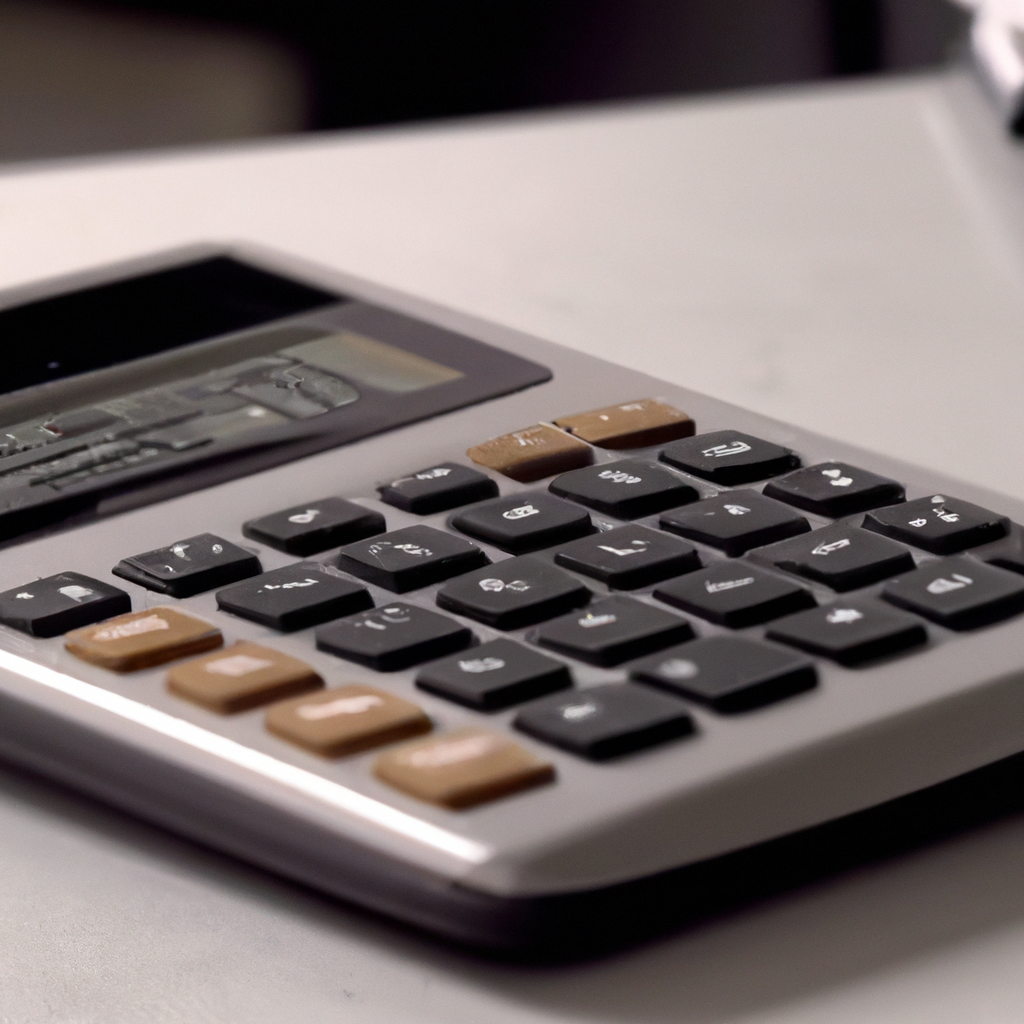A calculator is a handy tool that helps us perform various mathematical operations with ease. It is a digital device that performs arithmetic calculations, ranging from simple addition and subtraction to complex scientific functions. But have you ever wondered how a calculator performs calculations? In this article, we will discuss the technology behind the working of a calculator and the algorithms used to perform mathematical operations.
The working of a calculator involves two primary components- the hardware and the software. The hardware consists of the physical components of the calculator, such as the keys, display screen, and the internal circuitry that processes the inputs and outputs. The software, on the other hand, is the set of instructions that the calculator follows to perform calculations. Let’s delve deeper into each of these components.
Hardware of a Calculator:
The keys of a calculator are the primary means of inputting numbers and functions. When you press a key, it sends an electrical signal to the internal circuitry, which processes the input and performs the corresponding operation. For instance, when you press the ‘+’ key, the circuitry adds the two numbers entered before it.
The display screen of a calculator shows the results of the operations performed. The screen is made up of tiny pixels that light up to display numbers, symbols, and text. The internal circuitry converts the results of the calculations into a digital signal that is displayed on the screen.
The internal circuitry of a calculator is made up of integrated circuits that perform the calculations. These circuits are designed to perform specific operations such as addition, subtraction, multiplication, and division. The circuits work together to perform complex calculations such as trigonometric functions, logarithms, and exponentials.
Software of a Calculator:
The software of a calculator is a set of instructions that tell the internal circuitry how to perform the calculations. These instructions are stored in the calculator’s ROM (Read-Only Memory) and are hardwired into the circuitry. The ROM contains pre-programmed algorithms that the calculator uses to perform the calculations.
Algorithms are a set of rules that dictate the steps to be followed to solve a particular problem. In the case of a calculator, algorithms are used to perform mathematical operations. For instance, to add two numbers, the calculator follows the algorithm- “Take the first number, add it to the second number, and display the result.” The algorithm for subtraction would be- “Take the first number, subtract it from the second number, and display the result.”
The software of a calculator includes various functions such as square root, percentage, inverse, memory, and many more. The functions are pre-programmed algorithms that perform specific operations. For instance, the square root function uses the algorithm- “Take the number, find its square root, and display the result.”
In conclusion, a calculator performs calculations using a combination of hardware and software. The hardware includes the keys, display screen, and the internal circuitry, while the software includes pre-programmed algorithms and functions. The algorithms dictate the steps to be followed to perform mathematical operations, while the functions are pre-programmed algorithms that perform specific operations. The technology behind the working of a calculator has evolved over the years, from basic calculators that could perform simple arithmetic calculations to advanced scientific calculators that can perform complex operations. Overall, a calculator is a useful tool that simplifies mathematical calculations and saves time and effort.







